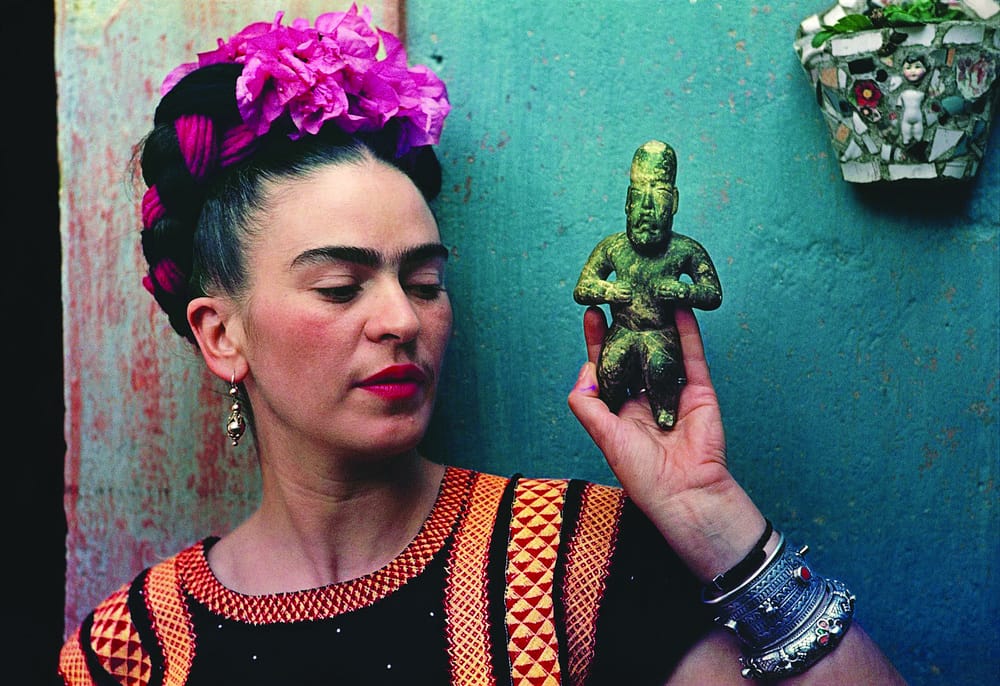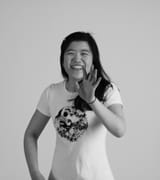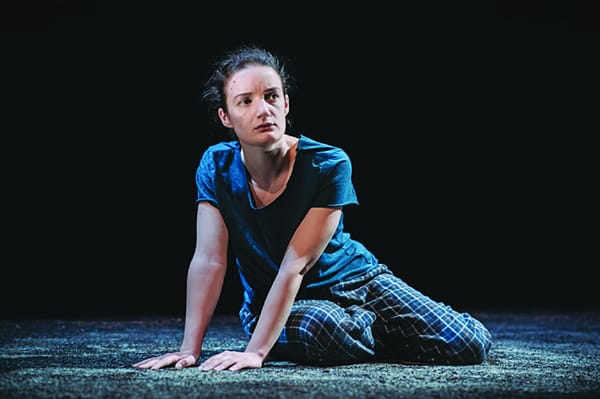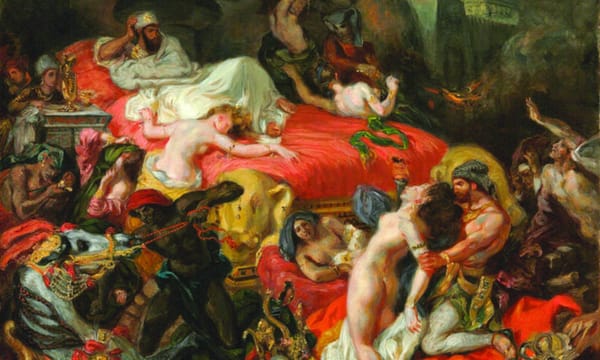The boys wanna be her
In honour of International Women’s Day we celebrate the female artists who inspire us

Judith Leyster
Leyster, born in 1606 was the only woman to be appointed one of the Dutch Masters. It’s easy to see why, ‘Self-Portrait’ (pictured left) brilliantly shows what a virtuoso and throughly modern painter she was. The composition is a break from the rigidity and formality of portraiture of the past, the scene could almost be a photograph of her caught just as she turns to greet the viewer. Her brushwork is loose and fluid, with an innate mastery of light, which exemplifies so much of what revolutionised Dutch and indeed European painting during the period. Unfortunately, Leyster had a short career and despite garnering fame and respect during her life, her work was largely forgotten after her death, and attributed wrongly to her much more famous male contemporary Frans Hals whose style was similar to her own. She was to remain in obscurity until she was ‘rediscovered’ more than two hundred years after her death.
Amrita Sher-Gil
Amrita Sher-Gil is one of the most prominent Indian artists of the 20th century, born to a Sikh father and a Hungarian mother, in 1913 she spent most of her childhood in Budapest and went on to study at the famous École des Beaux-Arts in Paris. There, she was influenced by Gauguin and Cezanne, however it was her family’s return to India which set her career on the path of greatness. She portrayed the people and the culture of India is all it’s colour and vibrancy in the Impressionist style which she married with the traditional Mughal and Pahari movements in an astonishing body of work. She is the youngest ever and the only Asian to be elected an Associate of the Grand Salon in Paris.
Margaret Atwood
I can’t say I am a big fan of The Handmaid’s Tale, which was the first Atwood I had ever read. I found it contrived and belonged to the category of books that were written expressly to bring a point across. I preferred stories that were more organic, that were works of art on their own but incidentally also made poignant points. Which is exactly what Atwood’s poetry does. She is one of my favourite modern poets – her poems take everyday images from both mythology and daily life, and use them to bring complex emotions and ideas across. Variations on the Word Sleep is possibly my favourite as much for the gentle longing as the clever wordplay. “I would like to be the air/that inhabits you for a moment/only. I would like to be that unnoticed/& that necessary.”
Hannah Höch
Hannah Höch was a German Dadaist credited with being ‘art’s original punk’. She created the photomontage, creating surreal yet cutting indictments of the injustice she saw around her. Her artwork focused social justice issues which are still relevant today; political revolution, women’s rights, same sex relationships and racial discrimination. Höch’s long term relationship with a woman and her confrontational work which pulled no punches earned her no favours with her contemporaries who tried to muscle her out of the Berlin Dada community, but her bold feminism in a time where Europe was being engulfed by facism is inspiring to this day.
Jeanette Winterson
If I hadn’t read Oranges are Not the Only Fruit, I think I would have a far narrower view of what novels can be. Winterson has a gift for peppering her works with comments that are not just witty but, if you pause to think about it, very profound as well. She is unafraid to tackle prickly, complex issues in a humourous but assertive way – what is it like growing up a lesbian girl in an overwhelmingly conservative community? With an impeccable grasp of magical realism techniques, Winterson has my vote as one of the most significant and entertaining modern writers. There isn’t a situation that can’t be described aptly with a Winterson quote. If you haven’t read her you really need to start now.
Frida Kahlo
Frida Kahlo’s enduring appeal lies in the astonishing honesty in her work. She started painting after a near fatal bus accident in her youth left one leg crushed, and with chronic life long pain. Pain and suffering pervade her work, as does beauty despite this, she is perhaps the first and only painter since Vincent Van Gogh to be able to marry the conflicting emotion quite so vividly. Her use of colour and surrealist imagery (though she never considered herself a surrealist), coupled with her unfliniching portrayal of herself in her self portraits, one of which depicts her body split down the middle revealing a shattered column as a spine speak to her willingness to portray herself with vulnerability, and despite this strength, and to some degree, humour. Women have always been portrayed in art, but by turning the so readily on herself she cast aside the idea of women seen through the male gaze, instead celebrated femininity is all its tragedy and complexity as well as joy and beauty.
Tracey Emin
Emin is perhaps most well known for her installation ‘My Bed’, which brought both critical acclaim and controversy for its depiction of her state of mind as she lived through suicidal depression. Despite the notoriety of that installation, her strongest work is that with neon, especially the I Promise I Love You collection. In it, neon lights in a simulacra of her handwriting light up confessional, lyrical phrases, dealing with loss, heartbreak, lust and frustation. ‘I KNOW, I KNOW, I KNOW’ declares one, the second I know is scratched out. This mix of initimacy with the medium more commonly seen outside kebab shops or sleazy clubs is an excellent reflection of the social media age, in which people use blogs as very public diaries.
Faith Ringgold
Ringgold uses every medium available to tell her stories; sculpture, painting, sewing quilts and staging performance art. Her art in all it’s varied, and inventive glory has charted over decades the experience of black women in 20th century America. It is not all autobiographical, however. Invented characters or public figures populate her narrative quilts, telling stories which deal with slavery, cultural ideals of beauty, and life in her native Harlem. The figures, drawn in deceptively simple line work are suffused with warmth and character and empathy. This, coupled with the sometimes surreal scenes have translated wonderfully into over 17 children’s books. Ringgold’s tells stories, too, with her performance art in which she uses masks which are both ‘spiritual and sculptural’ in a traditional inspired by African tribal culture. As well as being a prolific artist Ringgold is also an activist and was a passionate supporter of the Civil Rights movement. Her art continues to play an important role in the telling of North America’s cultural story.
Yishay Garbasz
Yishay Garbasz is a photographer and film artist who captures devastatingly matter of fact images of conflict zones and other areas of disaster., her work also deals with gender, identity and human rights. Much of her work is processing the emotional burden left by her mother’s experience of fleeing Nazi Germany, In In My Mother’s Footsteps Garbasz retraced her mother’s journey across Europe in a solitary project. She says of the work ‘“My mother lost parts of her soul in those places and I had to go back to collect them... As I am a photographer, the camera was going to be my tool to help me see”. In another landmark work she created a series of photographs taken weekly during her sex reassignment surgery, presented in a flipbook. Garbasz’s work is personal, moving, and sometimes brutally informed but never wholly defined by her identity.
Guerrilla Girls
The anonymous New York collective describe themselves as being the “conscience of the art world”. In an ultimate triumph of substance over form they use photomontages and clear typeface on solid colourful backgrounds to call out the lack of representation of female artists in New York galleries, the misogny of music videos, and the racial and gender inqualities in the Oscars, referring to their vast canvases as ‘actions’. Indeed, their persistent activism has led galleries to rethink the artists they display. The gorilla masks came about from a desire to protect the members from reprisals when they first started out in 1985 but their look has reached somewhat of a cult status; even when two were outed by New Yorker writer Peter Toobin, the unmasking did not gain much traction because as one member says “[people] don’t want to know who we are...They’d like us to just keep doing what we’re doing.”









